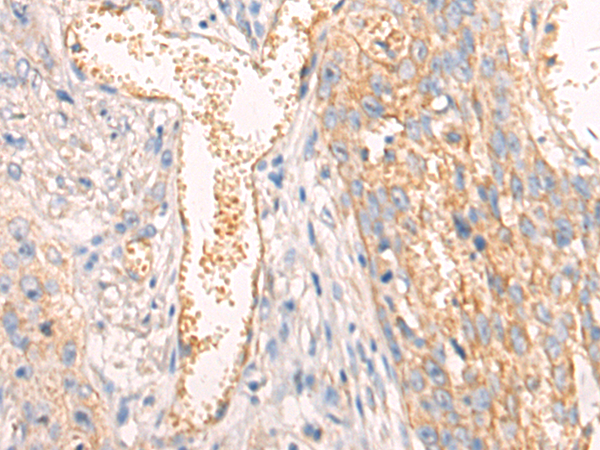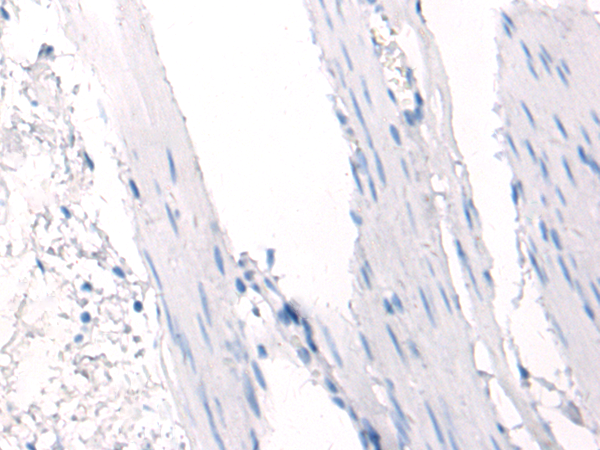| 货号: S220570 |
| 产品全名: GHRL 兔多抗 |
| 基因符号 MTLRP |
| UNIPROT ID: Q9UBU3 (Gene Accession – NP_001128413 ) |
| 背景: This gene encodes the ghrelin-obestatin preproprotein that is cleaved to yield two peptides, ghrelin and obestatin. Ghrelin is a powerful appetite stimulant and plays an important role in energy homeostasis. Its secretion is initiated when the stomach is empty, whereupon it binds to the growth hormone secretagogue receptor in the hypothalamus which results in the secretion of growth hormone (somatotropin). Ghrelin is thought to regulate multiple activities, including hunger, reward perception via the mesolimbic pathway, gastric acid secretion, gastrointestinal motility, and pancreatic glucose-stimulated insulin secretion. It was initially proposed that obestatin plays an opposing role to ghrelin by promoting satiety and thus decreasing food intake, but this action is still debated. Recent reports suggest multiple metabolic roles for obestatin, including regulating adipocyte function and glucose metabolism. Alternative splicing results in multiple transcript variants. In addition, antisense transcripts for this gene have been identified and may potentially regulate ghrelin-obestatin preproprotein expression. [provided by RefSeq, Nov 2014] |
| 抗原: Synthetic peptide of human GHRL |
| 经过测试的应用: ELISA, IHC |
| 推荐稀释比: IHC: 50-100; ELISA: 5000-10000 |
| 种属反应性: Rabbit |
| 克隆性: Rabbit Polyclonal |
| 亚型: Immunogen-specific rabbit IgG |
| 纯化: Antigen affinity purification |
| 种属反应性: Human, Mouse, Rat |
| 成分: PBS (without Mg2+ and Ca2+), pH 7.4, 150 mM NaCl, 0.05% Sodium Azide and 40% glycerol |
| 研究领域: Signal Transduction, Metabolism, Neuroscience, Cardiovascular |
| 储存和运输: Store at -20°C. Avoid repeated freezing and thawing |

Immunohistochemistry analysis of paraffin embedded Human thyroid cancer tissue using 220570(GHRL Antibody) at a dilution of 1/50(Secreted). | 
In comparision with the IHC on the left, the same paraffin-embedded Human thyroid cancer tissue is first treated with the synthetic peptide and then with 220570(Anti-GHRL Antibody) at dilution 1/50. |
|




